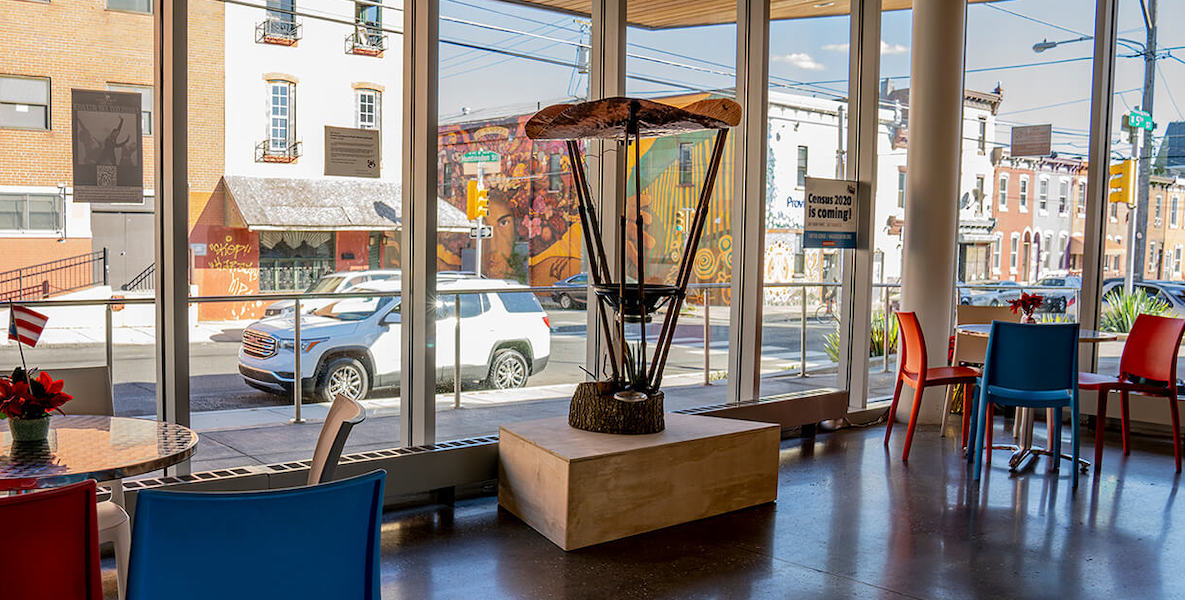Artist Raúl Romero spent his youth traveling between two distinctly different locations: Tampa Bay, Florida, and the wilderness of Puerto Rico. “My environments fluctuated from the edge of rapid suburban growth to overgrown jungles and the Arecibo Space Observatory, which provided me a place to wander, skateboard and play music,” he writes in his artist statement.
A member of the Philadelphia artist collective and contemporary exhibition space Vox Populi, Romero has a portfolio of installations, videos, and performances that use mixed media and audio engineering to approach the subjects of connection, language and cultural histories.
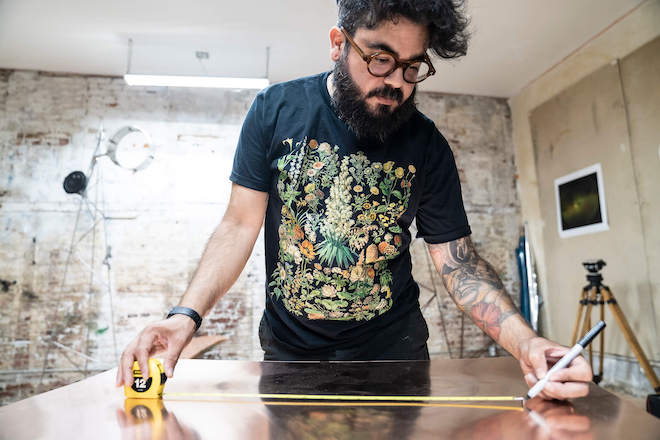
The resulting works are whimsical and experimental, like the performance piece Let’s talk about practice, a charming incredulity, in which Romero plays a “modified drum set” with an elongated cymbal stand that towers nearly a story above Romero. His trash pile-stylized text installation at Recycled Artist in Residency (RAIR) spells “hola” — only readable when aerially pictured by a drone.
“Sound is a medium that is not seen, but we can hear it and we can also feel it. We feel it emotionally when the right frequencies activate our sadness or a certain chord progression brightens our day with the rhythm that makes us want to dance.”
Romero’s artistic perspective was shaped by his travels as a child, growing up speaking Spanish and English, and varied professional history. Before serving in his current role, director of special projects at the University of the Arts (UArts), Romero was an “art handler, freelance video maker, nonprofit political advocate, landscaper, adjunct professor, and film coordinator,” he says.
Romero and his wife had their first child together just 10 weeks ago. Despite his now-reduced sleep schedule, Romero is hard at work launching the new UArts artist-in-residence program, Inspiration Lab. He is also producing new work out of his house studio in Cobbs Creek, West Philadelphia and at a nearby lot on Walnut Street he calls the “Rubble Garden,” for upcoming exhibitions, one of which will be on view at Temple Contemporary at Tyler School of Art this fall.
Morgan Nitz: You have a B.A. in communication. Between your use of sound, satellites and greetings, communication is a significant theme in your art.
Raúl Romero: To start, earning a B.A. in communication was not my first choice. I settled for it because I could not pass the English grammar exams to get into the school of mass communications. I learned both Spanish and English growing up — and never quite mastered either fully. When I was a kid in elementary school, I would often get put into ESOL (English as a second language) and then kicked out. I didn’t know enough English to be in the classroom, so the teacher would send me to ESOL. Then in ESOL, I didn’t know enough Spanish, so they would send me back. This happened all the way into sixth grade.
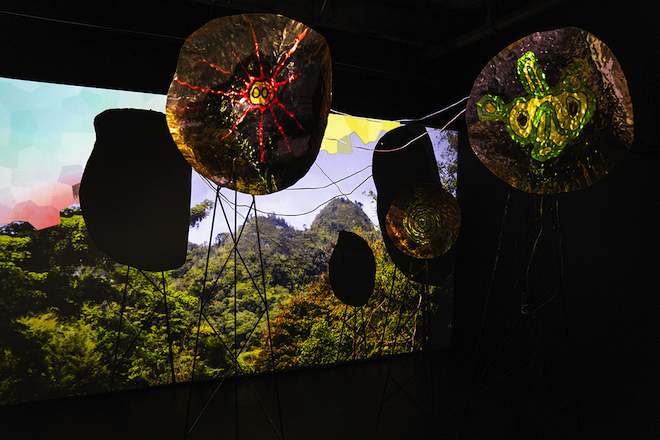
For a long time, I wanted to be an audio engineer. I had been working towards my undergrad for seven years, working part-time barista jobs, playing with and recording indie rock bands, and going to community college. Learning [communication] theory in communication studies blew my mind. I was excited about analysis and how it was influencing my worldview.
I think I just became obsessed with communication and all the different components that go into it, especially the intersection of technology, language and performance. Those are fascinating topics for me.
I am drawn to your use of sound and percussion in sculptures and performances. Tell me how you got started with music — and why it is important to your visual arts practice.
My father was a musician. I gained much of my musical background from him. As a kid, he taught me how to play the drum set and would drive me and the drums over to friends’ houses so I could play in punk bands. I also played drums alongside my dad playing bass in the church band up until I left for college. And, I played percussion in my high school orchestra and marching band.
“When I first moved here, I fell in love with Philly and the people — the community of artists that show up time and time again, supporting each other and creating an atmosphere that validates art-making.”
It wasn’t until I was in grad school that I really started to give myself permission to tap into this background and use it for my work. I was fortunate to have some wonderful voices in my studio during that time helping me work through some of these conceptual challenges while encouraging me to go for it.
What about the use of plant sounds in your art, sounds that are imperceptible to humans?
I see working with plant sounds more like a translation of information that is being generated and collected from the plant and then turned into sound. My role in that is more like a translator, composer and producer assigning the instruments to the players. The players in this case are the plants.
In your artist statement, you describe your “desire to foster conversations through time.” Do you consider time a medium in your work? If so, what is its function?
Time in my work is part of the exchange that happens between myself and the viewer. I think there are subtle components in the work that reward the viewer if they give enough of their time in experiencing the work or consuming it. In essence, that is the conversation between the way we can experience any work we interact with. It takes time to consume sound.
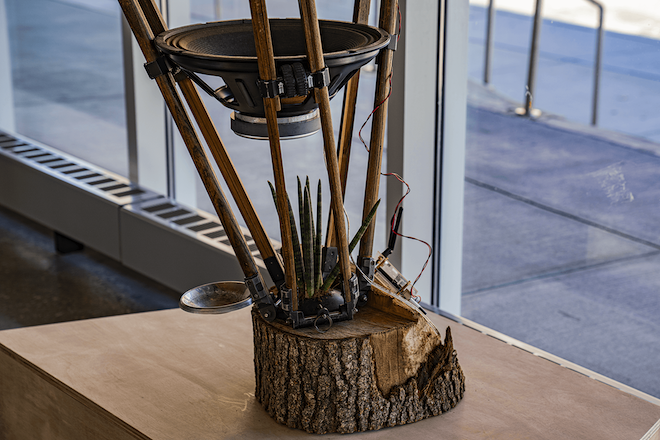
Your statement also mentions “the possibility of hidden worlds within and beyond our assumed realities.” What do you mean by “hidden worlds?” Is the interest in what is revealed, or in what remains obscured?
I’m always thinking about this and revisiting it. It’s not definitive. It’s rooted in thinking about the atomic and subatomic levels of what makes up the matter in our physical realm and the conscious and subconscious. Sound is a medium that is not seen, but we can hear it and we can also feel it. We feel it physically when bass vibrates the walls or when a high-pitched siren adds pressure to our ears. We also feel it emotionally when the right frequencies activate our sadness or a certain chord progression brightens our day with the rhythm that makes us want to dance.
This energy is physically real in the sense that it moves through copper wires and resonates matter into waves that then resonate our eardrums and flow to our brains so that we can perceive sound. This world of sound is invisible. I would guess that we can go about our lives and not think much about it, but it’s what keeps my beginner’s mind going (a term borrowed from my meditation practice that helps me arrive at my art practice with fresh ears and eyes).
I think I just became obsessed with communication and all the different components that go into it, especially the intersection of technology, language and performance. Those are fascinating topics for me.
You mentioned growing up in Florida and traveling to Puerto Rico. How did you end up here, in Philly?
I’m from the Tampa Bay area of Florida and bounced around a lot, working on my B.A., but ultimately finished from University of South Florida. Towards the end of my time in undergrad, I was working at the University’s Contemporary Art Museum as an art installer. I was assigned to assist the artist Cameron Gainer on making his exhibition and installation Impact Sight. He recommended that I work for Marion Boulton Stroud (founder of the Fabric Workshop and Museum) who was running this artist residency out of Acadia, Maine called Acadia Summer Arts Program, aka Camp Kippy.
I spent the summer of ’08 in Maine and subsequently moved to the Philadelphia area to continue to work for [Boulton Stroud]. While here, I met other artists like Paul Swenbeck and Joy Feasley, who made an effort to introduce me to even more artists like Jake Kehs, Adam Blumberg and Jacob Lunderby, who all became good friends and inspired me to stay in Philly. I learned a lot from them.
How would you describe the Philly arts community?
When I first moved here, I fell in love with Philly and the people — the community of artists that show up time and time again, supporting each other and creating an atmosphere that validates art-making. It’s also just fun! There’s a seriousness and playfulness that balances out.
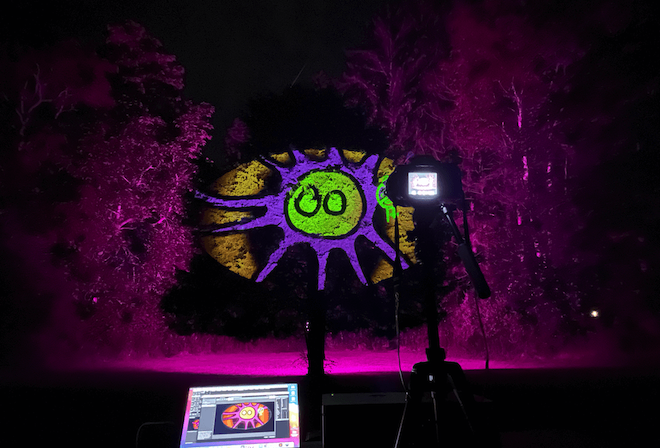
I’ve called Philly my home for most of my adult life. I’ve been in Philly 14 years and in the Cobbs Creek neighborhood of West Philadelphia for the past seven years. More recently, I’ve gotten married and now have a daughter. Philadelphia is the type of city where you can be an artist and live a full life.
Where is someone likely to find you on a day off?
I love the Saturday market at Clark Park and walking around The Woodlands cemetery. Both places have lots of people and plants. We hit those spots to get outside when the weather is nice.
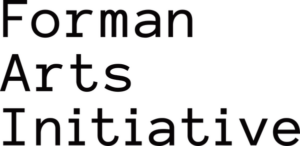 This story is part of a partnership between The Philadelphia Citizen and Forman Arts Initiative to highlight creatives in every neighborhood in Philadelphia. It will run on both The Citizen and FAI’s websites. Morgan Nitz (she/they) is a queer interdisciplinary artist and writer in Philly, and the operations & development editor of Philly Artblog. Their work has been shown at The Institute of Contemporary Art, Vox Populi, Pilot Projects, and other venues; they completed a residency at Jasper Studios; and were the co-inaugural curator of Straw, Tyler School of Art’s AV-closet-turned-Alumni-gallery. Follow them at morgannitz.com | @son_of_m.a.n
This story is part of a partnership between The Philadelphia Citizen and Forman Arts Initiative to highlight creatives in every neighborhood in Philadelphia. It will run on both The Citizen and FAI’s websites. Morgan Nitz (she/they) is a queer interdisciplinary artist and writer in Philly, and the operations & development editor of Philly Artblog. Their work has been shown at The Institute of Contemporary Art, Vox Populi, Pilot Projects, and other venues; they completed a residency at Jasper Studios; and were the co-inaugural curator of Straw, Tyler School of Art’s AV-closet-turned-Alumni-gallery. Follow them at morgannitz.com | @son_of_m.a.n
![]() MORE STORIES FROM OUR FAI SERIES
MORE STORIES FROM OUR FAI SERIES



